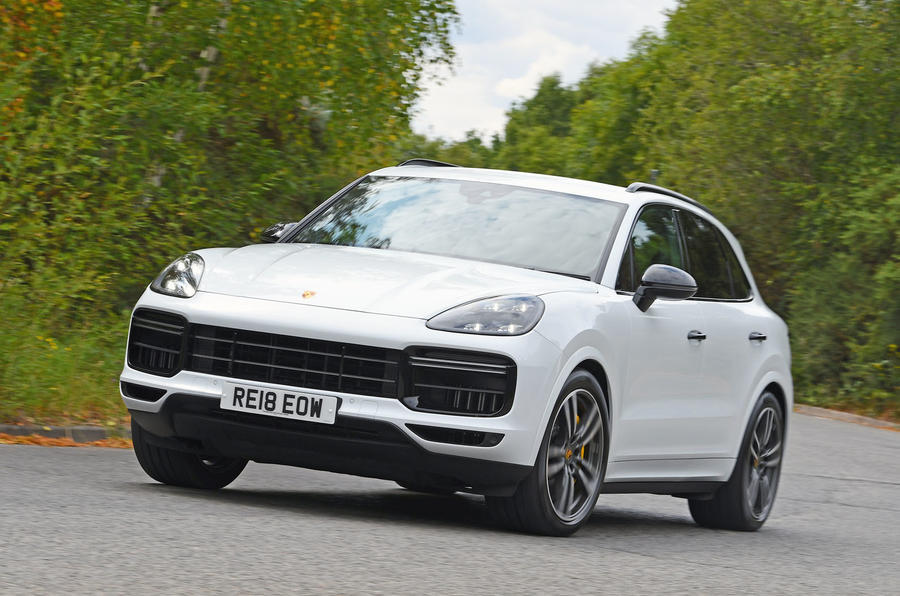Way back in 2003, the very first Porsche Cayenne, a plug-ugly two-tonne SUV from the makers of some of the world’s finest and most desirable sports cars, caused a bit of a stir. Those who hated its looks were almost as prevalent as those who rushed to the showrooms to buy one, and it rapidly became Porsche’s biggest seller, as did the second-generation version, launched in 2010.
Unsurprisingly, Porsche didn’t muck around with the formula for this third-generation model, although it did equip the car with new engines, a whole new chassis and a totally overhauled interior.
With some clever use of aluminium in its structure, the Cayenne is lighter than most of its rivals, and allied to that, there’s a range of strong engines: a 3.0-litre turbo V6 in the entry-level Cayenne, a 2.9-litre twin-turbo V6 in the S, a petrol-electric plug-in hybrid (E-Hybrid) and a twin-turbo 4.0-litre V8 in the Turbo.
Click here to buy your next used Cayenne from Autocar
The entry-level model comes with sat-nav, LED headlights and two-zone climate control. The E-Hybrid and S versions are pricier, but you don’t get a huge amount of extra equipment. The Turbo gets more toys, including air suspension (which is optional on other models), but you’ll pay for it.
Does it drive like a 911? Not really, but performance is excellent. Even the 3.0 V6 can see off the 0-62mph dash in less than six seconds, while the bonkers Turbo model can dispatch 0-62mph in a supercar-fast 4.1sec and go on to 177mph.
Approach a bend and you’ll find that the Cayenne corners very nicely, thank you very much, despite its size. It’s even better on the air suspension, which tightens everything up. It rides pretty well, too, even on steel springs, although there is the occasional thump over potholes and expansion joints. Therefore, we’d recommend you look for a car fitted with air suspension.
















Join the debate
Add your comment
Can Be a Good Buy if
The key to getting a 'bargain' one used is to find one with very few options, otherwise the 2-3yr old used ones are very close to a new one with minor options. Not easy in the USA, not sure about elsewhere. 2018 for 2019 delivery cars were 3rd gen in USA, worth the extra above the gen 2 in my opinion, gen 2 looking a bit dated inside? I went for the e-hybrid rather than the S, no regrets great vehicle does everything I want it to do.
What year did the third
What year did the third generation Cayenne get introduced?